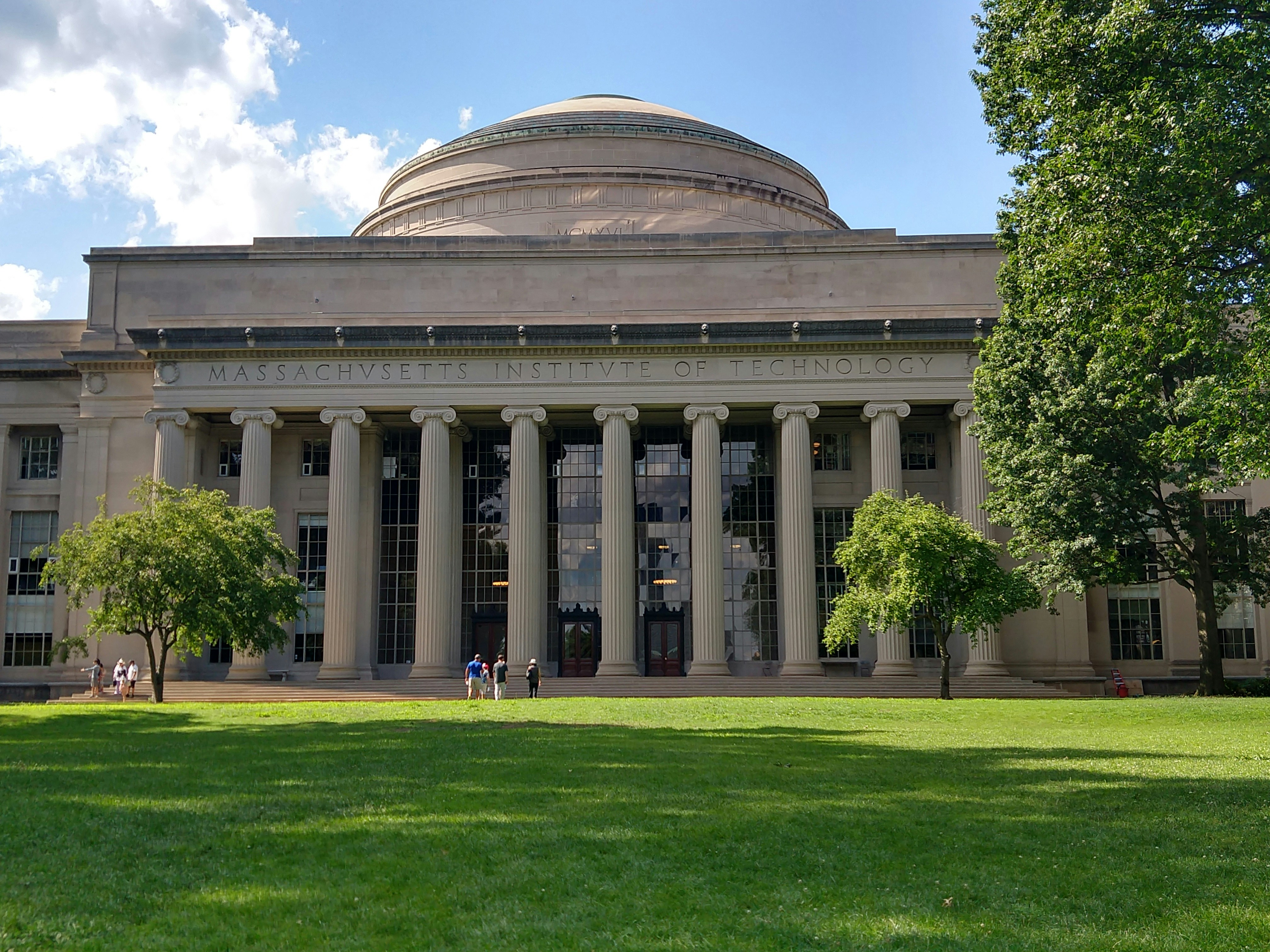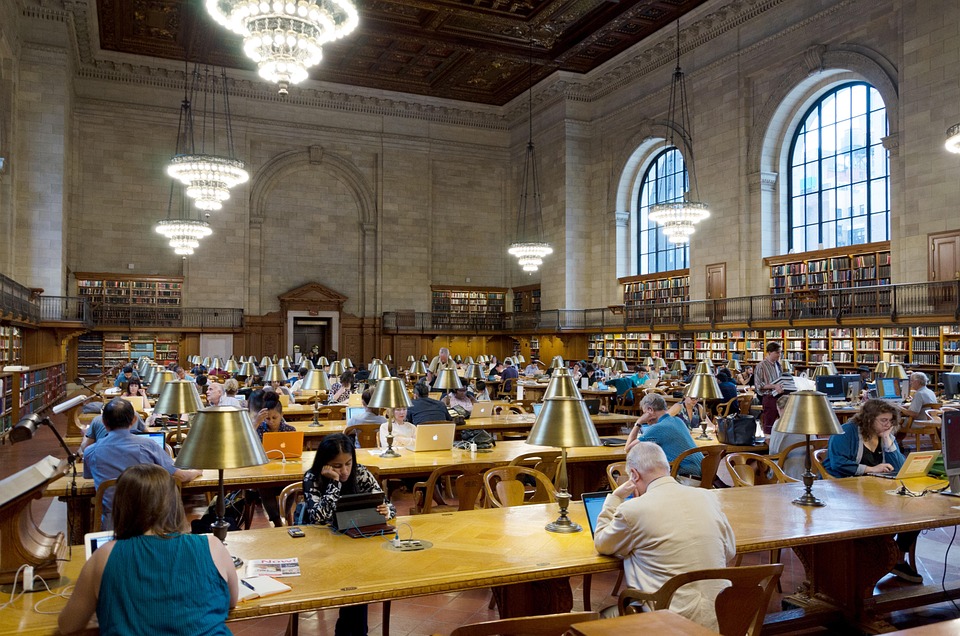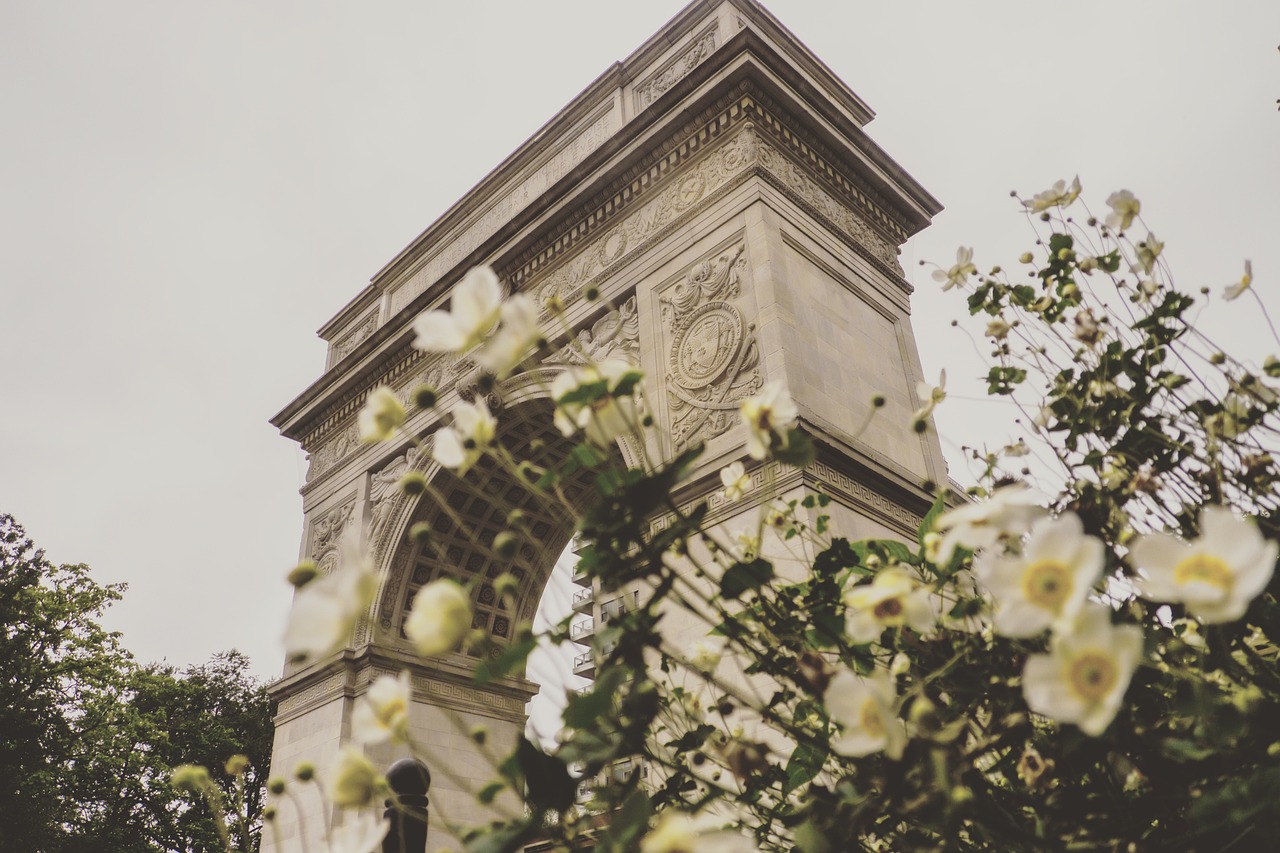How can you miss the best castles in Scotland when visiting a destination like Scotland? There are over 300 castles in Aberdeen on the north-east coast of Scotland, which has the most castles per acre on average in the UK. Unlike palaces, which are primarily recreational pastimes, Scotland’s castles were mostly built for defence purposes, mainly to ward off enemies and protect their lords. Dappled medieval ruins, ancient clifftop castles, romantic fortresses and monarchs’ mansions take you on an instant journey back in time to the days of kings, queens, knights and noblewomen. Today, we’ll introduce you to each of 11 Scottish renowned castles.
11 Best Castles in Scotland
Balmoral Castle
As the most famous royal castle in Scotland, ‘My dear Highland paradise’ is how Queen Victoria described Balmoral in her diary.
In 1852, the Queen’s beloved husband, Prince Albert, bought this place for the Queen. The castle sits in the heart of Royal Deeside, surrounded by long stretches of neatly manicured grass and a pine forest of European red pines that sway in the wind. Balmoral House is a cherished royal sanctuary. Here, the country’s monarch and her growing family are free from the demands of royal protocol. Since then, every summer, members of the royal family of every generation have been able to stay here for the whole of August and September, as well as some days in October. As this is a private residence, the castle and grounds of the house are open to visitors for a limited time only when Her Majesty the Queen moves elsewhere, usually from the beginning of April to the end of July.
Only the ballroom is open to the public. Every year since Victoria’s reign, an auspicious ball has been held in this magnificent hall. Inside, there is a fine collection of art, ceramics and silverware, as well as occasional exhibitions. Move outdoors to explore the splendid gardens and follow the signposts around the mansion.
Dunnottar Castle
One of the medieval castle Scotland, this well-preserved ruin of a fortress holds many secrets of Scotland’s exciting history and is one of the most spectacular of all sea-front forts.
Originally an ancient Pictish fortress, it has survived Viking invasions, burning, rebuilding, re-burning and sieges. It also withstood the force of Cromwell’s army and saved Scotland’s crown jewel, the Glory of Scotland, from destruction. It was visited by William Wallace, Mary Queen of Scots and later King Charles II.
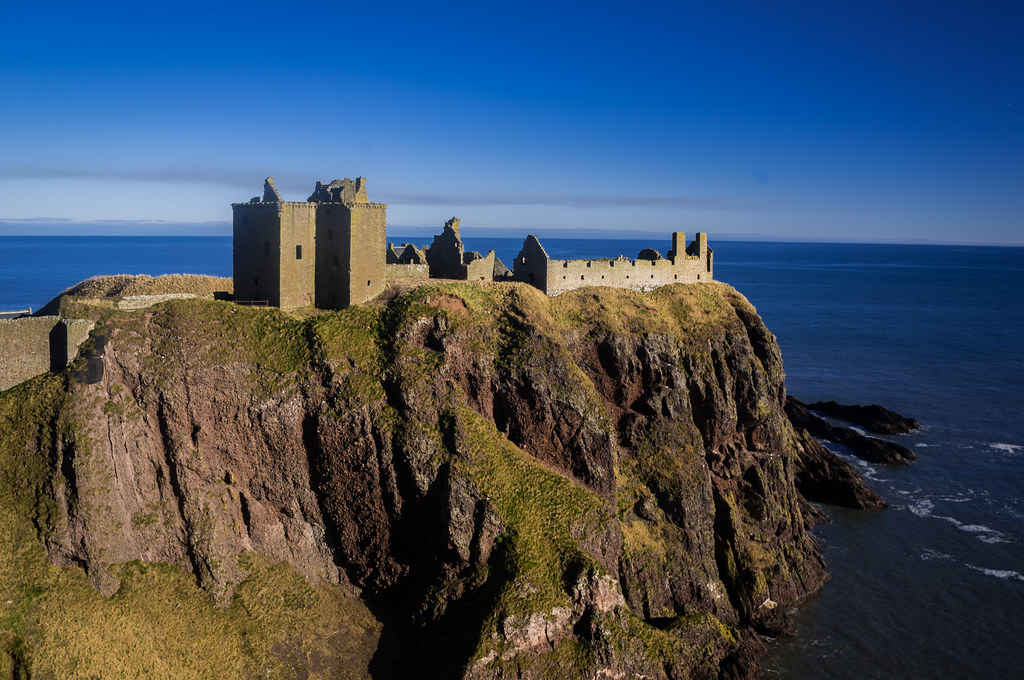
Culzean Castle
Culzean Castle compares favourably with the castles on Skye, Scotland. This beautiful Scottish castle is a concrete realization of the famous 18th-century architect Robert Adam, who spent much time depicting fantastically styled garden buildings made of rock. It is a typical example of the neo-classical school of architecture.
The Earl of Cassilis was the chieftain of the Kennedy family, who built the castle to enclose and replace an earlier, more warlike building that had served as a stronghold for the Kennedys. The romantic castle sits on the edge of the cliffs above the Firth of Clyde and enjoys magnificent views of Arran and Elsa Craig.
When the Kennedy family donated the castle to the National Trust for Scotland in 1945, they asked that the top floor be given to General Eisenhower as a thank-you gift to the people of Scotland.
Crathes Castle
Built in the second half of the 16th century, this charming baronial castle is a superb masterpiece of the period and one of the best castles Scotland. It was the home of the Burnet family, who lived here for over 350 years and were inextricably linked to Robert the Bruce.
Fairytale corner towers, finely modelled sculptures, spiral staircases, painted oak ceilings in the style of James I, heraldic coats of arms, portraits, beautifully ruled gardens, and ancient yew trees are all part of Crathes Castle’s beauty.
In the historic precincts of the castle, you can experience the ‘Crazy Ape’ Outdoor enthusiasts won’t want to miss out on the thrill of zip-lining, Tarzan of the Apes lock-swinging and many more aerial fun obstacles.
East Lodge is a bungalow at the entrance to Crathes Castle. It has a Victorian front door and elaborate arched latticework windows. The cottage has its own garden, which, on a sunny day, is perfect for eating at the picnic tables on the grounds.
Fyvie Castle
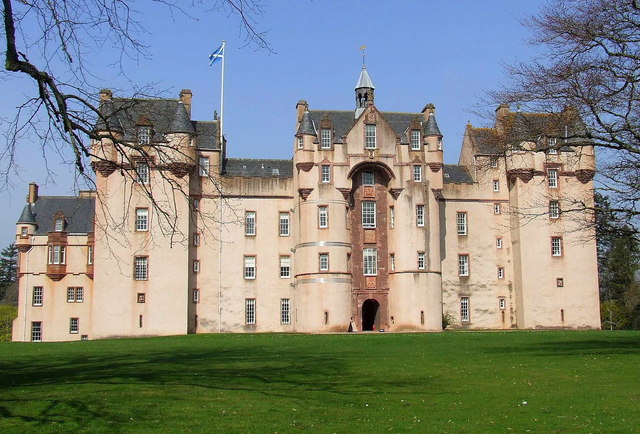
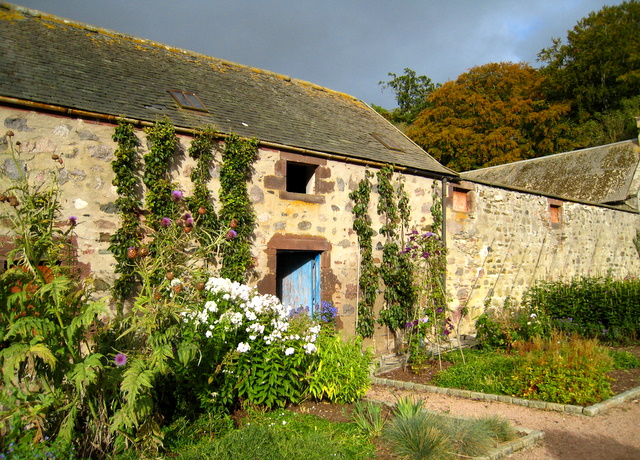
Just like Edinburgh Castle has witnessed Scotland’s history, Fyvie Castle has, too. The castle was once a royal fortress and was home to five families over 800 years. Except for the Mark family, each family added a tower to the castle, making up the current five towers (actually four towers and a protruding wing) and contributing to this most outstanding example of Scottish baronial architecture.
When touring the castle, find a caretaker or guide and ask Thomas the Lime Poet about the spell he put on it. Legend has it that one stormy night, Thomas asked to come into the castle for shelter but was refused. He then cursed that ‘no family can pass the castle down the line for more than two generations. ‘ Plus, you’ll hear a ghost story or two about the castle and the story of the Weeping Stone.
Highlights of the visit were the walls, gardens, lake, ice house, bird-watching house, and the restored 1903 short-handled walled and bowling greens.
Haddo House
Haddow Hall is a fresh Georgian building that highlights the characteristics of the neo-classical Palladian style that was prevalent at the time. The Gordon family lived in this elegant mansion for over 600 years.
Among the castles of the Scottish Highlands, Haddo House is a must-mention. In 1732, the Scottish architect William Adam designed the estate. It was ‘modernized’ in the late 19th century in a slightly contemporary Victorian style. Today, it skilfully combines a Georgian exterior with sumptuous Victorian interiors.
Tours of the luxurious rooms upstairs and the servants’ quarters downstairs are available. The collection includes a wide range of vintage furniture, ceramics, and family memorabilia. There is also an extensive art collection, including a series of castles painted by James Jarls and a number of portraits of 19th-century British statesmen.
Craigievar Castle
Although Craigieva is nothing more than a typical baronial castle, its pastel shades are truly whimsical and give the castle a charming appearance. It may not be the largest castle in Scotland, but it is the most special one.
Craigieva was built in 1626 for the Forbes family, and apart from later additions, the castle has remained virtually unchanged. The slender pink stone towers contain corner towers, turrets, terraced ramparts, and gargoyles.
The spell left by the fairytale exterior spreads all the way to the castle’s interior. The authentic James I-style woodwork and ornate plastered ceilings are timeless; the ‘Craigievar Table’ is the most striking of the antique furnishings, and the portraits of Scottish noblemen with gazes shot down from above are timeless in this atmosphere.
The fact that there is no electricity above ground floor level also adds to Craigievar’s charm, and visitors can get a real sense of what it was like to live here many years ago.
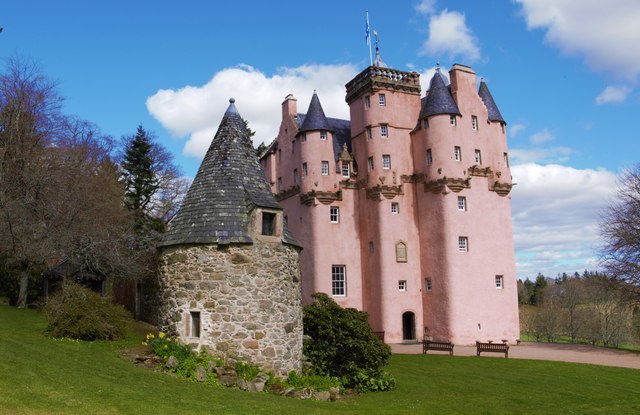
Drum Castle
This is one of Scotland’s oldest castles. Built in the 13th century, this spectacular fortress was the home of the Erwin family for six and a half centuries.
The castle’s first attraction is its character, which spans from the Middle Ages to the reign of James I, followed by the comfort and quality of Victorian architecture.
Inside the castle, there are many magnificent rooms—one of the best castle libraries in Scotland, a charming chapel walled with gorgeous stained glass windows, and an elegant dining room filled with Georgian furniture.
Outside, there is a rose garden filled with old-fashioned roses, a wildlife meadow, flower-picking gardens, ponds, and a new viewing platform.
Braemar Castle
Braemar Castle is situated in Royal Deeside, tucked away amongst verdant woods. It has proudly stood as a lookout for nearly five centuries.
If you’re looking for castles to visit in Scotland, you can’t miss Braemar. The fairytale battlements at the top of the castle resemble a crown, and the surrounding curtain wall with musket holes is in the shape of a five-pointed star, giving Braemar a layer of romantic colours unlike any other fortified castle in Scotland.
The Earl of Mar built the castle in 1628, and it was originally a luxurious summer hunting residence. Unfortunately, Braemar fell into disuse in the 18th century. The last Jamesite riots saw it burnt down completely, and the desolate shell was turned into a camp for the Hanoverian army.
The castle was eventually restored, and since 1807, it has been the home of the Farquharson family. Local volunteer guides also take visitors up the steep stone steps to see the three upper floors. The rooms on each floor have been lovingly restored to their Victorian splendour.
Duff House
There aren’t many castles near Edinburgh, Scotland, as Scotland’s most famous castles are clustered in Aberdeenshire.
Duff House, at the most northerly point of the Aberdeenshire coastline, is arguably Scotland’s version of Downton Abbey.
The estate is just outside the town of Banff, and it’s not actually a castle; this 18th-century A-listed building is the work of William Adam, the architect of a generation of Scottish architects. The manor house is currently maintained by Historic Scotland and contains a superb collection of paintings, treasures, and extremely well-preserved furniture and rooms. By chance, the estate also houses a satellite of the National Galleries of Scotland.
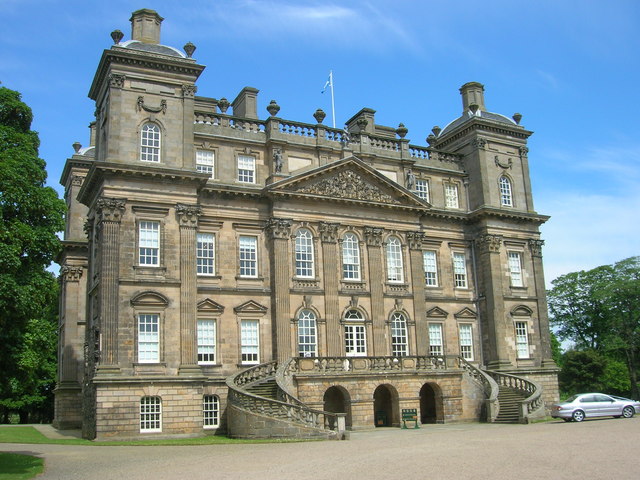
Huntly Castle
Huntly Castle is the former residence of the Gordon dynasty—a genuine one among these highlands Scotland castles.
As you head north along the town square and through an archway, a tree-lined road opens in front of you. At the end of the road, you can see the castle in all its splendour.
Since its construction in the 12th century, the building has undergone many modifications.
Robert the Bruce turned it into a practical timber base during the War of Independence, and the 1st Marquis of Huntly turned it into a sumptuous Renaissance palace. Elaborate masonry with huge heraldic fireplaces, carved bay windows, high vaulted ceilings, creepy dungeons, the remains of a medieval cobbled road, breweries, and bakeries all hint at the castle’s prosperous past. A short walk up the reconstructed circular staircase to the viewing platform at the top offers panoramic views of the Green’s Borders countryside.
Why are there so many castles in Scotland?
1. Historical origins
Scotland has experienced periods of upheaval and conflict, which led to the construction of castles to assert power, defend territory, and protect its inhabitants. These castles were needed throughout Scotland due to the constant competition over land ownership and power dynamics.
2. Geographical factors
Scotland’s rugged terrain, with its many hills and valleys, meant that powerful families needed fortifications to ward off threats and secure their dwellings. Scotland’s proximity to the British Isles meant castles were built along the coastline to protect against invasions from maritime forces.
3. Cultural Heritage
Scotland’s many castles witness the country’s rich and turbulent history, reflecting the need for security, power, and protection in a land of historical rivalries and territorial disputes. The architecture of the castles and the paintings, antiques, jewelry, furniture, and history of each family stored inside are also invaluable cultural assets.
Conculsion
You should know the best castles to visit in Scotland by now. Every castle is unique, but they all hold the memories and significance of centuries of history in this part of the world. The historical flavour of this Scottish destination is all the greater because of the ancient castles. Which one or ones are most interesting to you?
Edinburgh Castle is the largest castle in Scotland. It is the spiritual symbol of Scotland, stands on the rocky summit of a dead volcano, and was a royal residence in the 6th century until the completion of the Palace of Holyrood in the early 16th century.
Visitors can’t stay in castles that are open for tours, but some castles offer accommodation next to the castle, usually in some cosy chalets. Staying inside will give you the same sense of the beauty and charm of this castle’s surroundings.
While historical records suggest that there have been well over 2000 castles in Scotland, the exact number is subject to variations in counting methods and definitions of what constitutes a castle.
The enduring presence of these architectural wonders serves as a testament to Scotland’s past, offering visitors and history enthusiasts alike a glimpse into the country’s storied heritage. From iconic landmarks like Edinburgh Castle and Stirling Castle to lesser-known gems scattered across the Scottish landscape, each castle holds a piece of Scotland’s narrative waiting to be discovered and explored.
